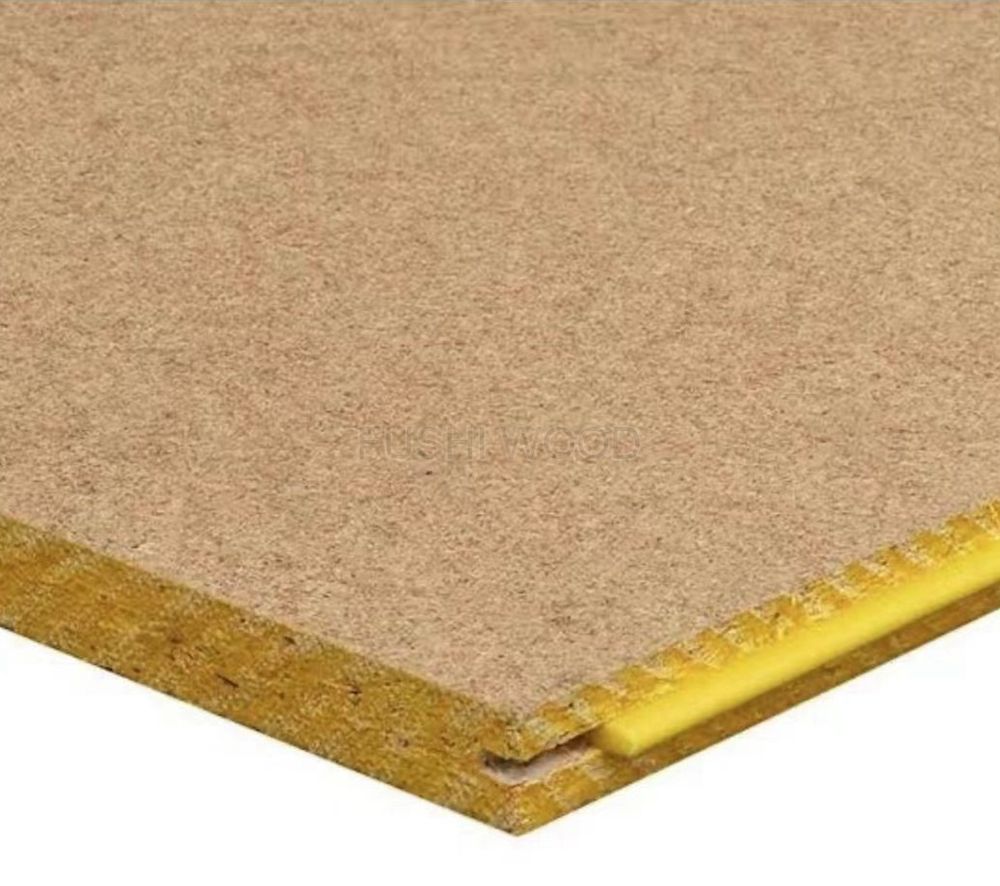Particle board and solid wood are two different materials with distinct characteristics, and their strength depends on the specific application and requirements. Let's explore the differences in strength between particle board and wood:
Particle Board: Particle board, also known as chipboard, is a composite wood product made from wood particles, sawdust, and resin or adhesive. These materials are pressed and bonded together under heat and pressure to create a sturdy and cost-effective sheet material. Particle board is commonly used in furniture, cabinetry, and interior construction.
Strength of Particle Board: Particle board has a uniform structure and is relatively strong in compression, meaning it can handle weight applied directly downward. However, its strength is not as high in tension, which means it is more susceptible to breaking or cracking when subjected to forces that pull it apart or bend it. Particle board is also more vulnerable to water damage and can lose its strength and integrity if exposed to moisture for an extended period.

Solid Wood: Solid wood, as the name suggests, is made entirely from natural wood without any composite or engineered components. It is available in various species and grades, each with its own unique strength properties. Solid wood is commonly used in furniture, flooring, structural beams, and other applications.
Strength of Solid Wood: Solid wood is known for its high strength and durability. It can handle both compression and tension forces effectively, making it suitable for a wide range of applications. The strength of solid wood depends on factors such as the wood species, grain orientation, and specific design of the wooden piece. Hardwoods, such as oak or walnut, tend to be stronger than softwoods, like pine or cedar. The grain orientation, with respect to the direction of force, also plays a crucial role in determining the wood's strength.
Comparison: In terms of strength, solid wood generally has higher tensile and bending strength compared to particle board. Solid wood can support heavier loads and is more resistant to impact and bending forces. However, particle board is more consistent in its strength properties, as it is manufactured to have uniform characteristics throughout the board. Solid wood's strength can vary depending on the specific piece of wood and its inherent qualities.
Conclusion: While Melamine particle board can be strong in certain applications, solid wood is generally considered to be stronger and more durable. Solid wood is a preferred choice for load-bearing structures and high-stress applications. However, particle board remains a popular and cost-effective option for furniture and interior construction where extreme strength is not always necessary. The choice between particle board and solid wood should be based on the specific requirements of the project and the intended use of the material.





Comments
All Comments ( 0 )